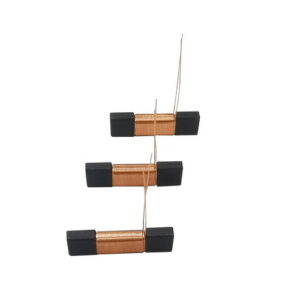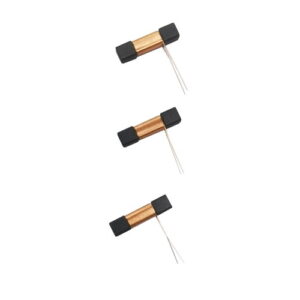The main role of translation pen coils is to reduce noise, suppress electromagnetic interference, shield interference signals, and stabilize current. In simple terms, through DC, translation pen coils, which are inductors, can be made of conductive materials wound around a magnetic core, usually copper wire. The magnetic core of the translation pen coil can be removed or replaced with ferromagnetic materials. The magnetic core material with higher permeability than air can more tightly confine the magnetic field around the inductive component, thereby increasing the inductance. There are many types of inductors, and most translation pen coils are made by winding enameled wire around ferrite bobbins, while some protective inductors have the translation pen coil completely enclosed within the ferrite.

In the actual use of translation pen coils, a considerable portion of the inductor coils are non-standard parts and are wound according to specific requirements. When winding, the following points should be noted:
(1) Select the winding method based on circuit requirements.
When winding translation pen coils, the winding method should be determined based on circuit requirements, the desired inductance value, and the size of the coil bobbin diameter. Intermittent winding is suitable for high-frequency and ultra-high-frequency circuits. When the number of turns is less than 3 to 5 turns, better characteristics can be achieved without a bobbin. The Q value can be high, reaching 150-400, and stability is also high. Single-layer closely wound coils are suitable for shortwave and medium-wave circuits, providing high stability.
(2) Ensure current-carrying capacity and mechanical strength of the coil, and select suitable wire.
Translation pen coils should not be wound with excessively thin wire to avoid increasing coil resistance and reducing the Q value. If the wire is too thin, its current-carrying capacity and mechanical strength will be small, leading to burning or breaking. Therefore, while ensuring the current-carrying capacity and mechanical strength of the coil, suitable winding methods should be chosen.
